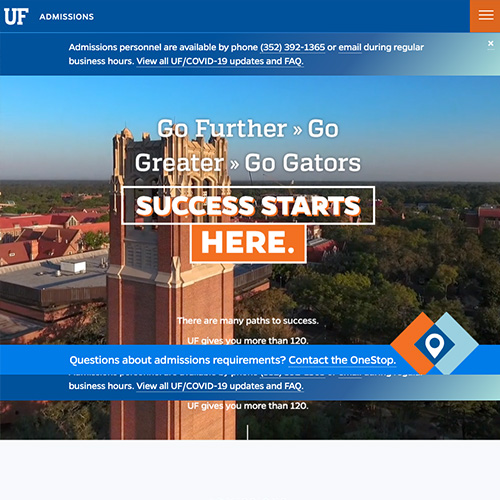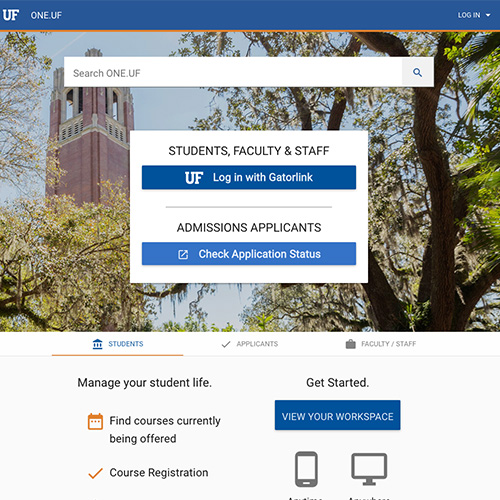FEAP 5c.- Uses a variety of data independently & in collaboration with colleagues, to evaluate learning outcomes, adjust planning, and continuously improve effectiveness of lessons.
Printable Version (.pdf)
|
UNSATISFACTORY |
DEVELOPING |
ACCOMPLISHED |
EXCEPTIONAL |
| The teacher does not share effective test-taking strategies with his colleagues as he wants all credit for himself. (D)
The teacher does not attending meetings after school or during their prep period. (D) The teacher is quick to say “that’s not my job” when asked to do anything above and beyond their general teaching load. The teacher collects data on their students, but does not share it with their colleagues for any advice or suggestions.
|
The teacher is open to collaborating with his/her peers, but never makes time to follow through. (D)
The teacher does not volunteer but will only serve on a committee if asked by the principal. (D) The teacher collects student data and shares with colleagues, but does not implement suggested changes/adjustments. The teacher is confident in their teaching practice and only changes materials “slightly” every year.
|
The principal acknowledge the teacher as part of a collaborative team that is improving student achievement. (D)
The teacher enrolls in professional development courses and shares information gained with colleagues during casual exchanges. (D) The teacher is willing work with colleagues and adjust their planning during a time frame that fits their schedule. The teacher sets goals at the beginning of every year for them to improve the students achievement in their class and “be a better teacher.”
|
The teacher leads a PLC and encourages the active participation of all members in the grade. (D)
The teacher actively searches professional development websites to find strategies to improve their practice. The teacher is transparent in what they do every day and establishes an open and constant communication with their peers. In a collaborative group, teachers begin every quarter examining their students’ scores and planning the next quarter collaboratively to increase student achievement. After the teacher grades an assessment for their class, they write a short note to themselves in their planner on how they could improve this for next year. |
Where noted, examples based on:
“(D)” – Danielson C. (1996). Enhancing professional practice: A framework for teaching.
Alexandria, Va: Association for Supervision and Curriculum Development.
“(M)” – Marzano, R. J. (2007). The art and science of teaching: A comprehensive
framework for effective instruction. Alexandria, Va: Association for Supervision and Curriculum Development.
Resources:
Shares a variety of research-based teaching strategies
http://agpa.uakron.edu/p16/btp.php?id=inquiry-approaches
http://www.districtadministration.com/article/benefits-teacher-collaboration
http://www.education.com/reference/article/Ref_Maximizing_Impact/
http://www2.ed.gov/rschstat/eval/data-to-inform-instruction/report.pdf
http://www.trb.tas.gov.au/Shared%20Documents/Using%20data%20to%20inform%20teaching.pdf




